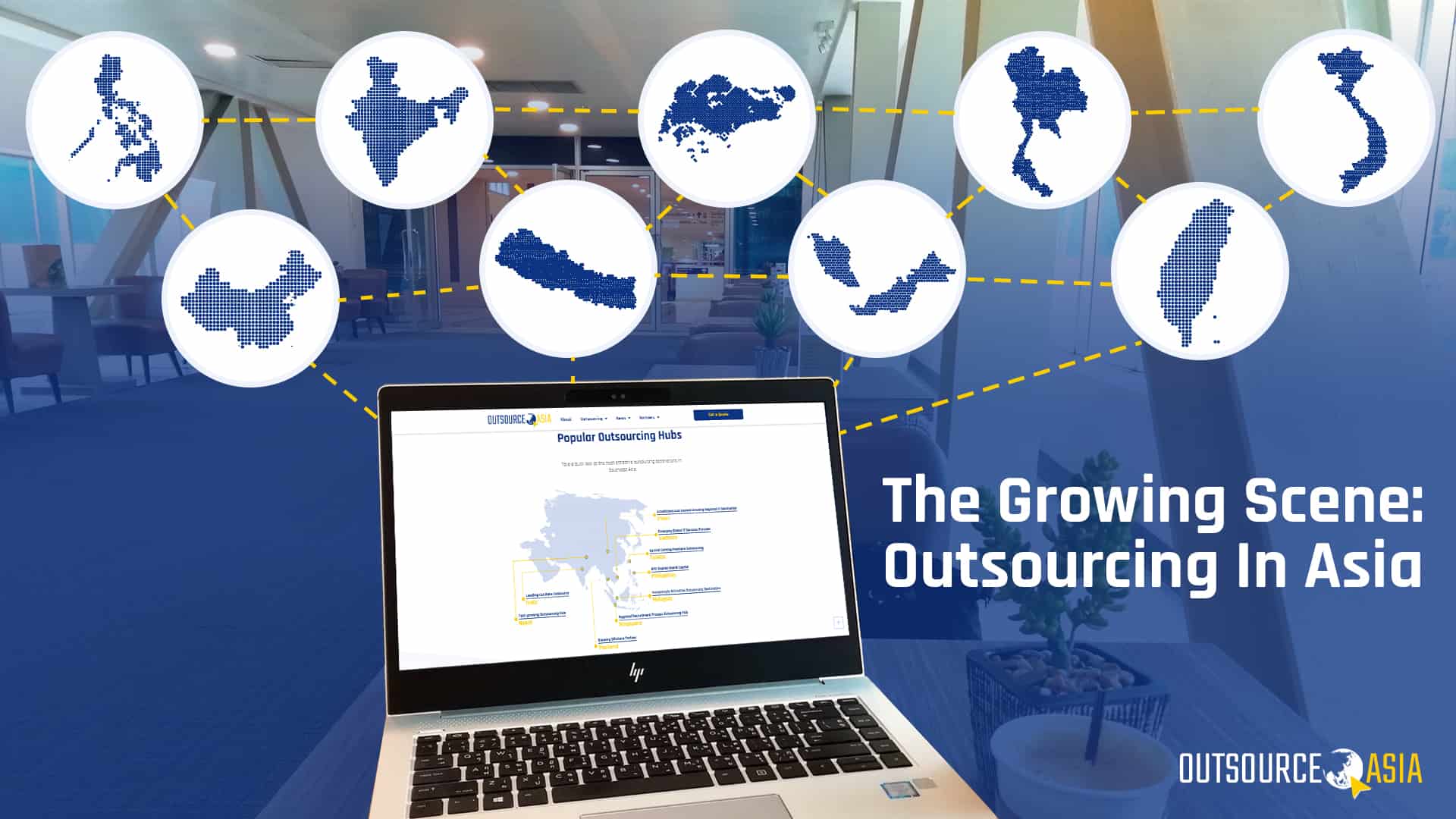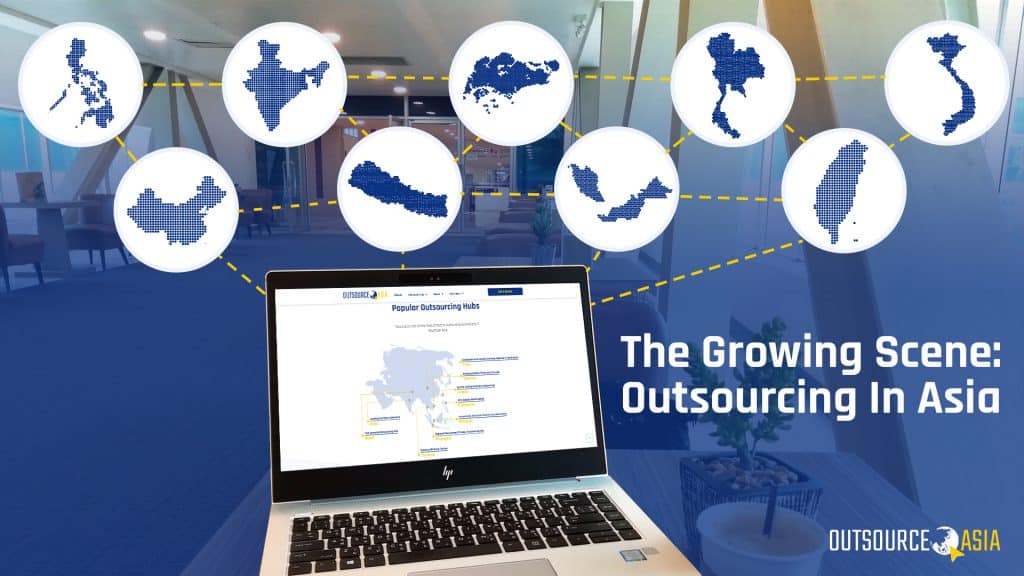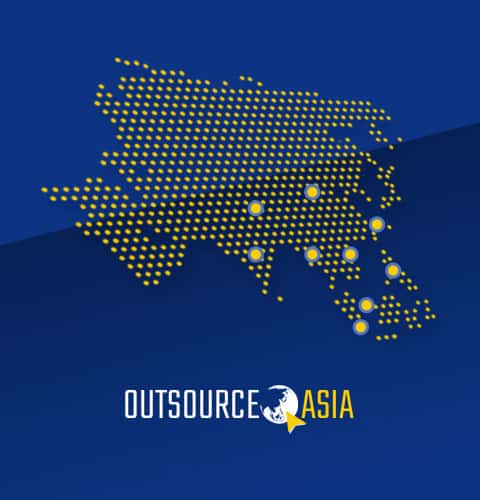
The Growing Scene: Outsourcing In Asia
As technology and communication processes see the light of innovation, the infrastructure for business operations has been continuously evolving. One innovation shaping how businesses operate is outsourcing to Asia. Business outsourcing in Asia optimizes the use of an organization’s resources without sacrificing the quality of work, services, and products delivered.
Tapping into the vast outsourcing market in Asia, instead of hiring in-house employees, provides increased employee flexibility, delegation, services, and product delivery without exhausting financial and organizational resources. Outsourcing business functions to Asia is fast becoming the primary option for meeting the rising global demand for highly qualified and well-educated technical staffing augmentation or entire project creation.
Numbers’ Perspective of the Industry
Some organizations function with skeletal members of the organization and find outsourcing unsuitable for their operations. However, as companies extend to global reach, outsourcing becomes a primary option for sustainable, efficient, and profitable operations. In 2016, Deloitte’s Global Outsourcing Survey ranked businesses by reason for outsourcing.
- 59% relied on outsourcing as a cost-cutting tool
- 57% said outsourcing makes their organization focus on core business
- 47% used outsourcing to solve capacity issues
- 31% relied on outsourcing to enhance service quality
- 28% said that outsourcing is critical to their business
- 28% shifted to outsourcing to broaden the intellectual capacity
- 17% relied on outsourcing to aid in business environment management
- 17% uses outsourcing to drive transformational change
Following these statistics is the astounding expenditure by US companies for outsourced services. As per the global scale, US expenditure from 2000 to 2018 almost doubled. From $45.6 billion to $86.6 billion, there’s no stopping the growth of the outsourcing market in Asia on the global stage.
Marketplace Competitiveness: Edge in the Outsourcing Space
To expound further on what makes each country stand out in the outsourcing market in Asia, here’s a closer look at their key advantages.
Philippines
The Philippines continues dominate Asia’s outsourcing industry and for good reason. The Filipino workforce is known for its English fluency and proficiency, flexibility, highly educated technical workforce, and world-class professional services. All of this at an incredibly low rate both globally and in region. The Philippines combines the best of both worlds: Top quality technical talent and services at a lower cost.
China
One indication of growing outsourcing reliance on China is its demographic advantage. In an article by Forbes; Korea, Japan, and Australia have aging populations that tap into the workforces of Malaysia, the Philippines, and China. What’s more, the government supports such infrastructure by training 1.2 million professionals.
India
India provides cheap labor options for organizations focused solely on cost reduction. However, more and more companies are realizing that this focus on cost savings comes at a sometimes significant price in terms of quality.
Nepal
Similar to India, Nepal is one of the most affordable outsourcing destinations in the world. Although Nepal was identified among 20 nations with the lowest average monthly income, Nepal has reasonable living costs. Cost-first organizations might find a few Outsourcing gems here however quality and data security remain significant issues.
Singapore
Singaporeans continue to make their mark in the global scene of outsourcing by providing high-quality services. Though somewhat insular and expensive, the Singapore outsourcing scene is a viable option for some business services.
Malaysia
One of the most significant advantages of outsourcing in Malaysia is its investor-friendly policies for outsourcing and global company ownership. The government supports such development for its country’s economic progress. However, data security and product quality issues continue to plague the Malaysian landscape.
Taiwan
Taiwan is one country to consider for businesses of IT sectors. Taiwan is known for it’s top software projects that range from data structures, databases, functional programming and algorithms.
Thailand
As part of the nation’s economic goals, Thailand boosted its manufacturing sector by imploring advanced and smart technologies. Such government support allows constituents to utilize digital options for employment (freelancing and remote work). Despite the growth in automated manufacturing processes, Thailand is technologically ill-equipped to meet the various demands of a rapid changing industry.
Vietnam
Strategically located near China, Vietnam is an outsourcing hot spot for investors wanting to expand supply chains between ASEAN markets and China. Vietnam has also entered into trade agreements to encourage foreign investments. However, the greatest threat to outsourcing lies in Vietnam’s potential to be a cyber-crime hub because of its rising offensive online activities.
As businesses continue to grow and reach global markets, outsourcing to Asia provides an international solution that organizations can utilize for competitiveness and efficiency. Outsourcing, when done right, is an organization’s key to success. To discover more about outsourcing and how it can impact your business, read here.



